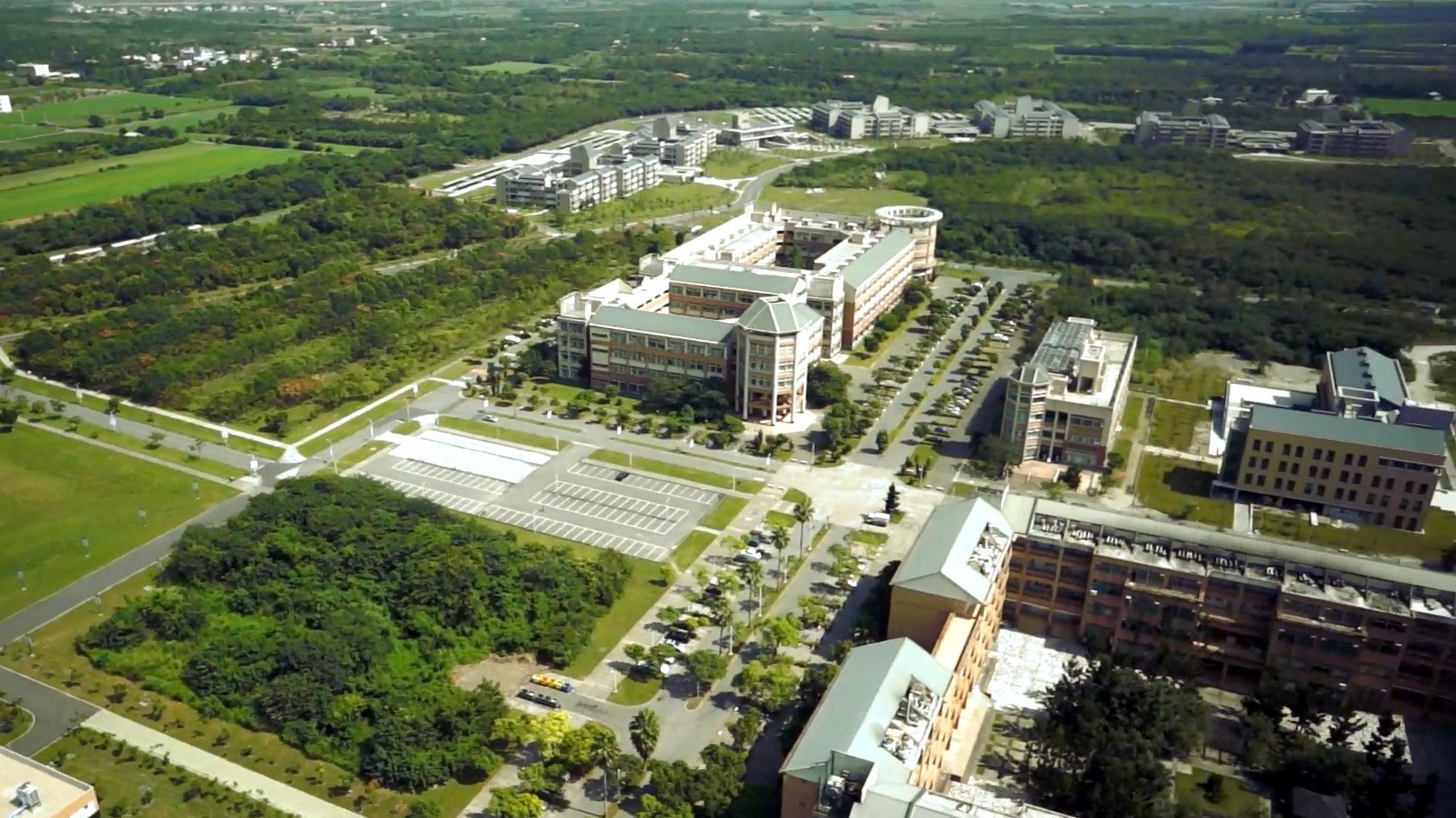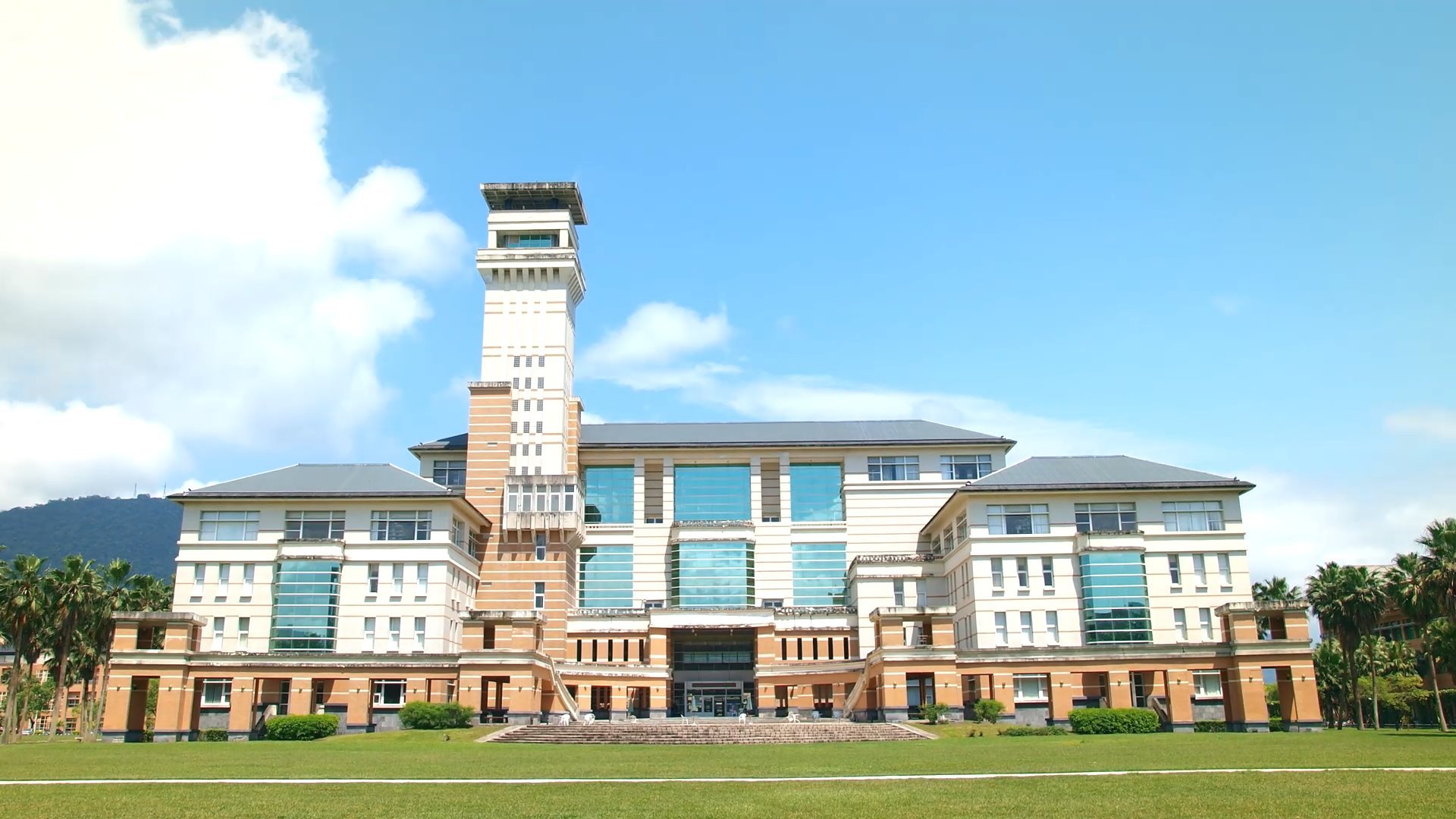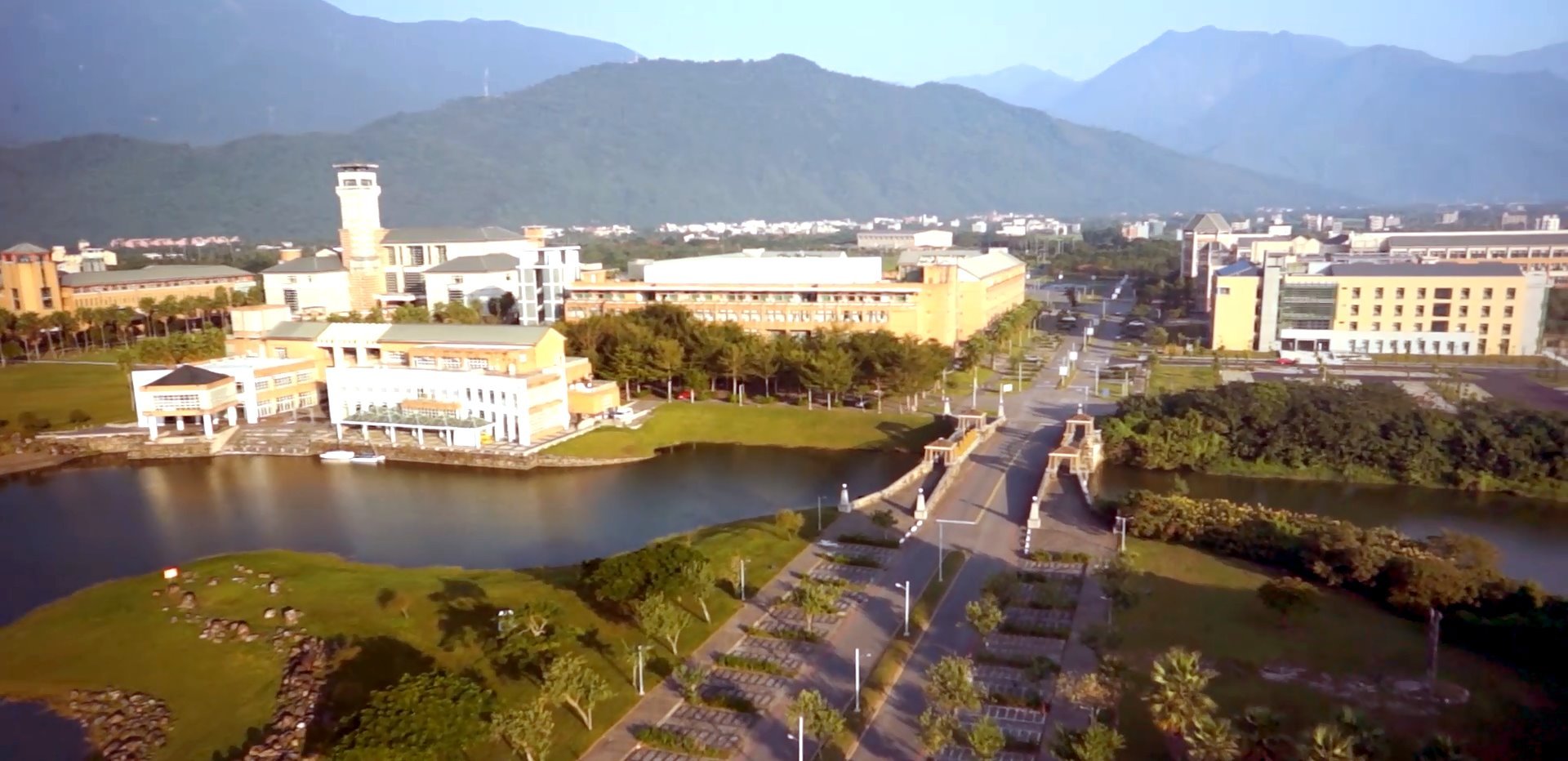

National Dong Hwa University (NDHU) currently has three campuses: Shoufeng, Meilun and Pingtung. In Pingtung, NDHU collaborates with the National Museum of Marine Biology, which also undertakes the campus administration. Meilun campus was the site for the former National Hualien University of Education before it integrated with NDHU. As planned, Shoufeng will be the single consolidated campus by August 2011 after the completion of the new buildings for integration.


Amounting to a total of 750 acres, Shoufeng campus is spacious with panoramic views. Nestled between the Central Mountain Range and the Coastal Mountain Range, it is located at the northern end of East Rift Valley. Surrounded on the outskirts by Hualien River, Mugua River and Lao River, the campus was constructed on an alluvial gravel plain formerly for cultivating watermelon and sugar cane. Its conceptual design was based on the National Dong Hwa University Campus Planning and Construction Criteria adopted by the University Council on November 8, 1995. The campus layout is basically designed with a south - facing orientation with the central axis tilting 20° west from the north to avoid direct sunlight. The Main Gate, Administration Building, Library, Student Activity Center, and Sports Center are aligned on the central axis with the Library located at the center. On the east of the axis are colleges for science, engineering, and comprehensive studies while on the west are colleges for humanities, social sciences, and management. Subsistent amenities, including dormitories, faculty quarters, sports facilities, and power and sewage plants are scattered on the periphery. By functionality, the campus can be divided into two main regions, the academic and administrative region, and the subsistent region. These two regions are connected together through a road system. The Inner Ring Road links buildings in the academic and administrative region; the Mid - Ring Road connects the two main regions and the Outer Ring Road circumvents the campus. Centrally located, the academic and administrative region is separated from the subsistent region by a waterway connecting three lakes. Besides beautifying the campus, the lakes and the waterway also serve for rainwater drainage and flood prevention. Since inception, campus development basically followed the layout plan with colleges constructed at the designated sites accordingly. Development not in the initial plan was also constructed under the same planning and construction criteria. College of Indigenous Studies and College of Environmental Studies are located on the sites for comprehensive studies, and College of Education is situated in the area for social sciences. At a height of 53 m, the Library Tower is the tallest structure on campus. The Library and the Administration Building are of six stories and all others are of four stories or less. With the Library as the center, all other buildings fan out with a gradual descent to the outskirts.

Other than the buildings in the academic and administrative region, and the subsistent region, the campus maintains green belt with well - planned public facilities. From this respect, NDHU has the potential to develop as an eco - campus. In fact, NDHU is proud of its three treasures on campus: hare, pheasant, and Chinese Spiranthes. Hares and voles were abundant in the past. With the ongoing development, the population of hare has decreased but they still breed in certain areas. Pheasants are frequently seen foraging in the woodland, especially at dawn and at dusk. Chosen as a mascot, puppet pheasant appears in most of the university activities. Chinese Spiranthes are only noticeable with their pink spiral flowers in bloom around the Tomb - Sweeping Day in April. The plant is sought after for its medical value and has been under conservation. In order to preserve the three treasures of NDHU, regulations prohibiting plant picking and game poaching are adopted.
The College of Environmental Studies was established in 2009 by integrating natural resources and environmental related departments of the former National Hualien University of Education and NDHU. This provides a source of expertise on the environment and ecology of the campus. Students from Nature Club also endeavor to protect the environment of the campus. Since the founding of NDHU in 1994, it has been an annual activity in March to invite students from primary schools and kindergartens, and local residents of the community for seedling planting. By now, over tens of thousands of trees have been planted to beautify the campus.

NDHU strives to offer a nice teaching and learning environment. Under this environment, the excellent faculty recruited contributes to teaching and research; students commit to learning, and administrative staff provides professional and efficient support. This pursuit of NDHU is indeed the ultimate developmental goal for any university.
|
|

